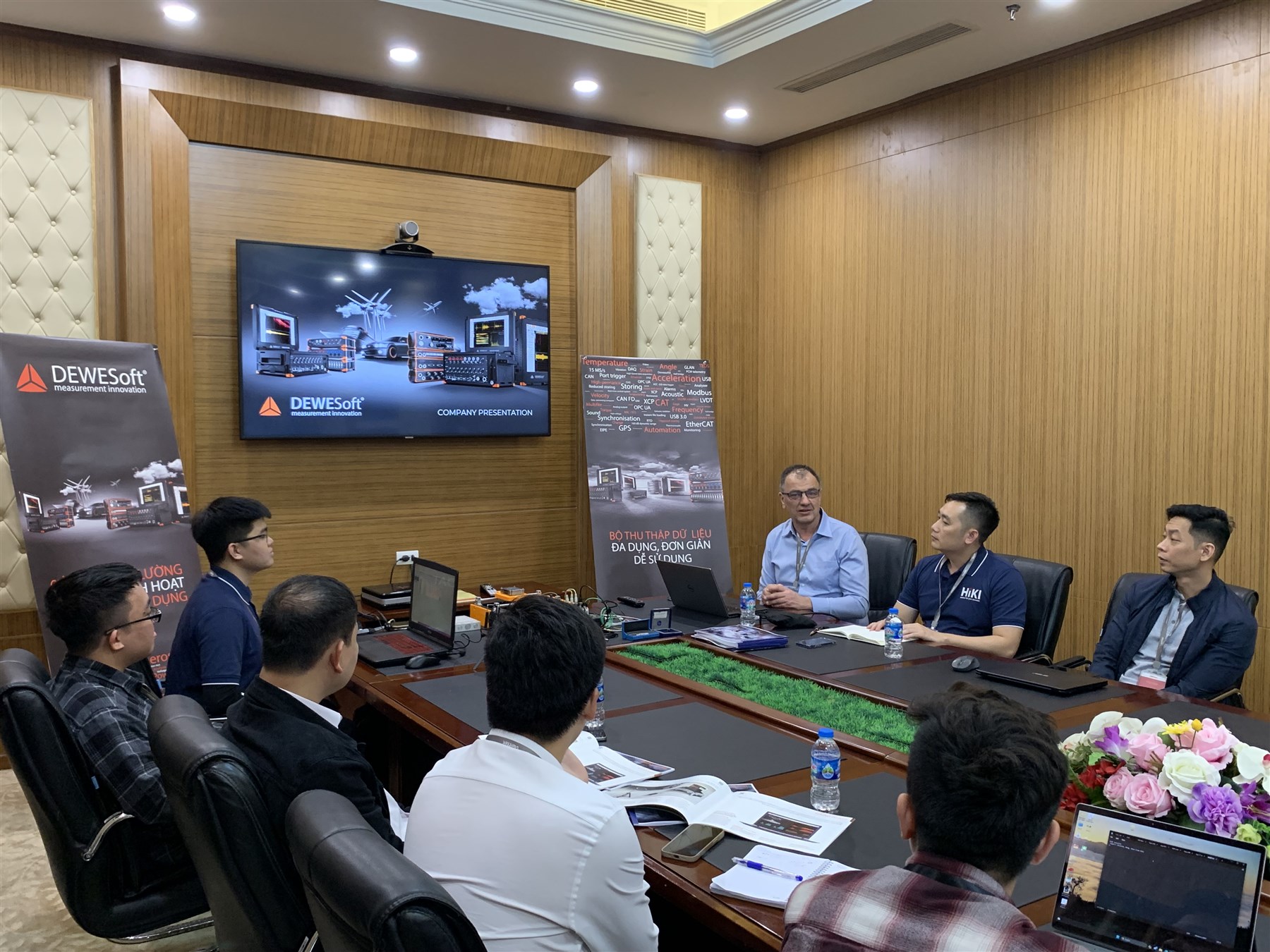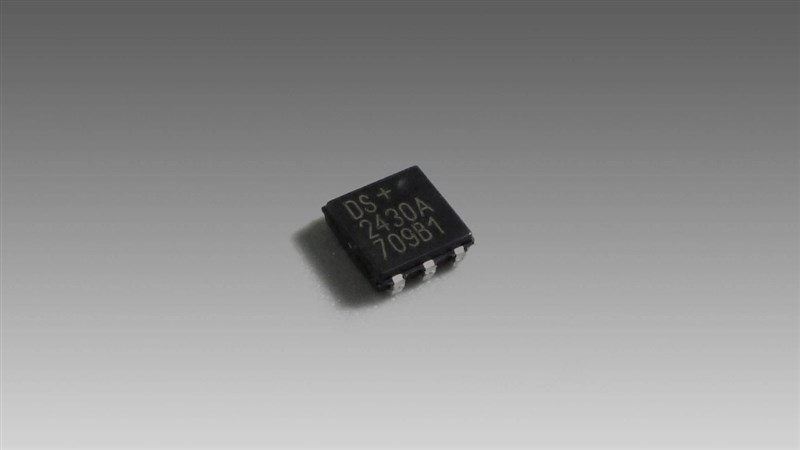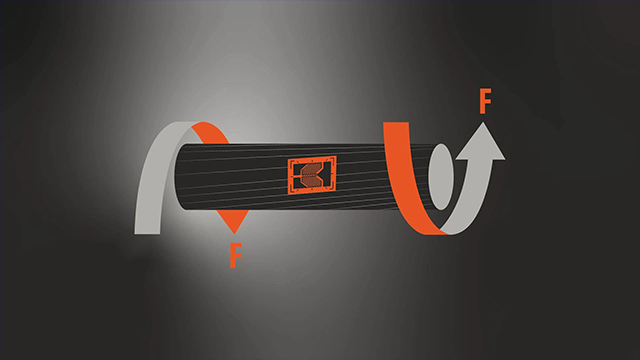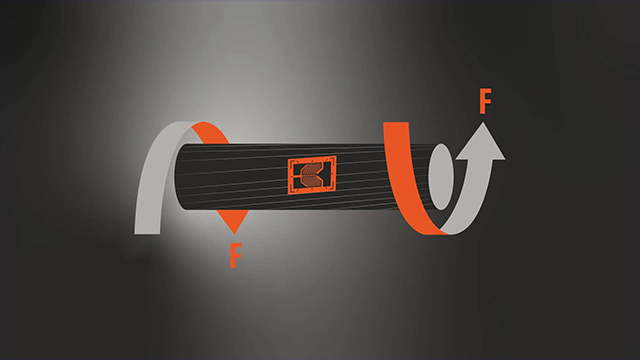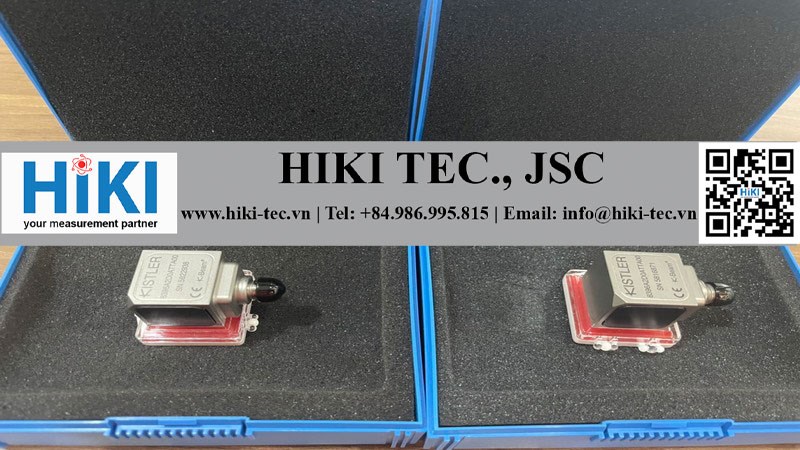Vibration measurement helps in diagnosing potential issues, predicting machinery failure, and ensuring structural integrity. This technical discipline involves the detailed acceleration measurement and analysis of mechanical oscillations to determine the condition and operational status of various systems. With advancements in sensor technology and analytical tools, vibration analysis has become an essential aspect of predictive maintenance strategies and performance optimization. The precise capture and actionable interpretation of vibration test data allow engineers to make informed decisions, extending the lifespan of equipment and structures while maintaining high safety standards. The integration of diverse vibration sensors, coupled with sophisticated data acquisition hardware, provides a comprehensive picture of vibrational forces at play. As we delve deeper into the specifics of vibration measurement, it’s clear that selecting the right sensors, applying advanced analysis techniques, and understanding the challenges of accurate vibration detection are key to effective monitoring and management.
Vibration measurement is the process of quantifying the mechanical oscillations of objects, machinery, or structures either in motion or stationary. At its core, this measurement aims to capture vibration data—specifically acceleration, velocity, and displacement—using various vibration sensors and transducers. This data is crucial for understanding the behavior of systems under stress or operational conditions. It allows for the early detection of potential failures, saving time, resources, and ensuring operational safety and efficiency.
The core of vibration analysis, acceleration measurement tracks the rate of change in velocity of an object. It provides vital insights into the dynamic behavior of machines and structures, often revealing critical conditions before they manifest as serious problems.
Several sensors are utilized in vibration measurement, each with specific applications and advantages. MEMS Sensors and IEPE Sensors are popular for their precision and range, offering solutions for a wide spectrum of environmental conditions. Piezoelectric (PE) sensors, known for their high-temperature resilience and broad measurement range, are indispensable in challenging conditions.
The frequency components of vibration signals are used to identify and isolate sources of vibration. Techniques like FFT Analysis decompose vibrations into their constituent frequencies, enabling targeted diagnostic and corrective actions.
Beyond collecting raw data, vibration analysis involves the sophisticated interpretation of collected signals to diagnose health, predict failures, and optimize performance. Advanced analytics can detect patterns that indicate wear, imbalance, misalignment, or other issues, often well before a visual inspection or other methods.
Related products
Reference customers
